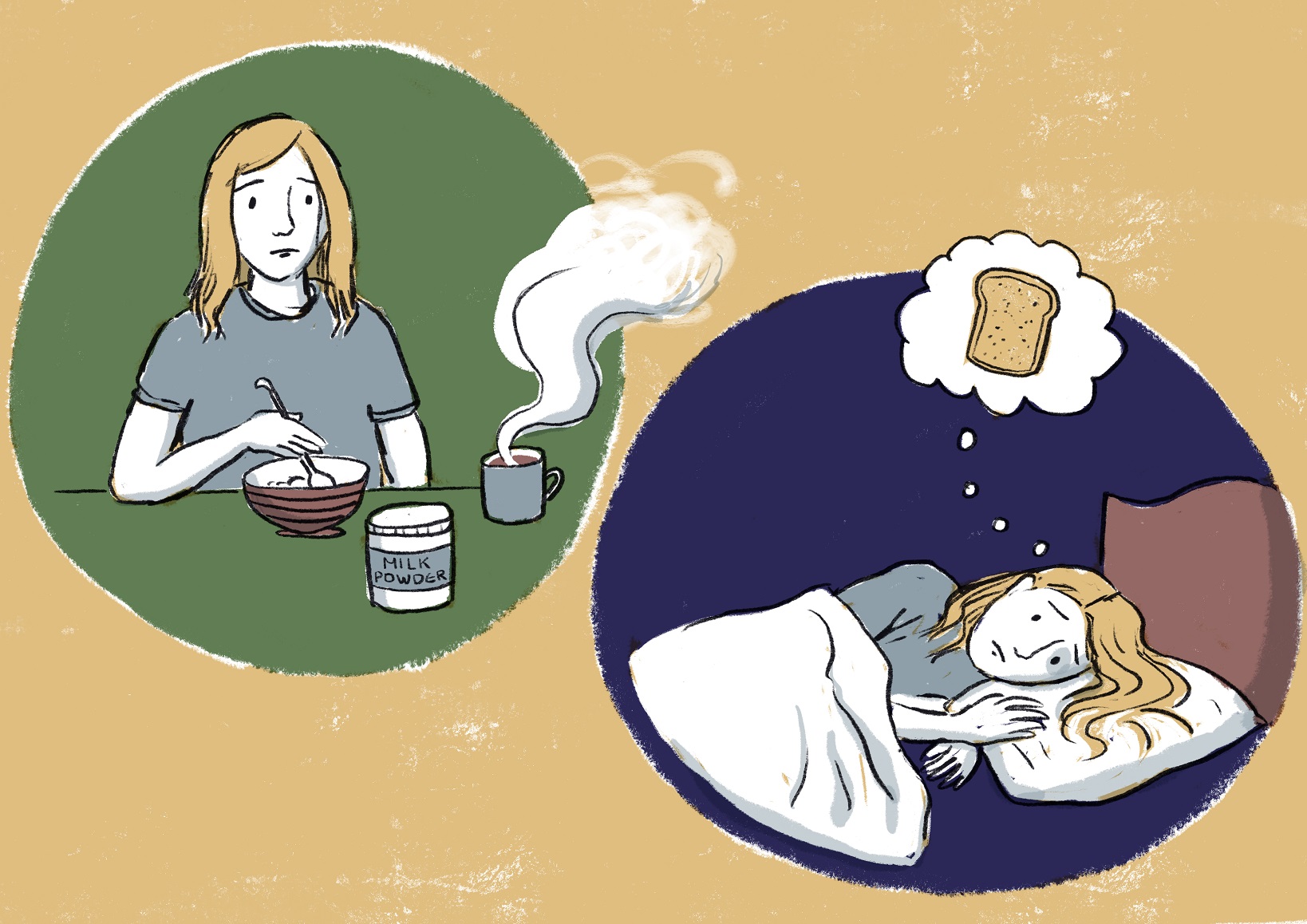This month I’ve been asked how to talk to people about hardship? One of the reasons that this project uses the language of ‘hardship’ rather than ‘poverty’ is that hardship can be a less stigmatising term for people for people to identify with. However, it can still be difficult for a person to say to another (or even themselves) that they are living in hardship.
How then can groups wanting to ‘respond’ to hardship begin to do this? A helpful starting point comes from taking a step back to meet more local people in the community, listen to their experiences, and find out what life is really like for different people in the community. You could then work together to ‘map’ or ‘profile’ the local community – what resources are available for local people? Are they accessible and open to different people? What and where are the transport links? The shops? The places (formal and informal) where people meet? This is important to identify the strengths in the community as well as needs.

During the Hidden Hardship project I started by going along to different community groups. Some of these were ‘targeted’ responses to hardship such as a local foodbank, but others were groups were many different people came together, for example a toddler group. At these groups I took part in the different activities running, chatted to local people, and when asked what brought me there, explained about the research and people often shared their experiences of and/or reflections on hardship locally. I then did formal interviews with some of the people that I met. I’m now in the second stage of the fieldwork where I’m working more closely with four households who are experiencing hardship. Some of these are people I’ve met at the different community groups, and others a local vicar has put me in touch with. Each household is keeping a diary for a month to reflect on their experiences of hardship, and we’re also doing three ‘go along’ interviews – conversations that are audio recorded as we go about a daily activity together. So far, we’ve been around local charity shops, collected soup for a community lunch project, had a trip to a free community bookshop in a disused phone box, and chatted in church.
Being together and experiencing together are important in going some way to understand people’s experiences of hardship. Whilst not every community will do this so formally, the principles here can be taken forward for any local group wanting to work more in their local community to understand and tackle hardship.


